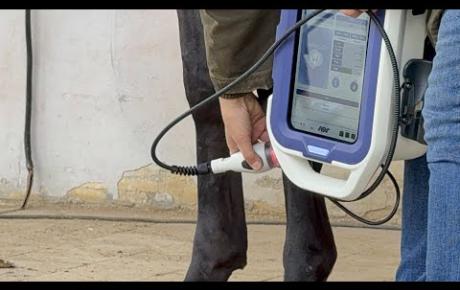The COVID-19 pandemic brought a wide range of changes to veterinary practice operations; Some services and procedures might be here to stay.
The most prominent pivot made by veterinary clinics was curbside appointments. While many pet owners were unsure of its viability at the start of the pandemic, some grew fond of the convenience, comfort, and safety.
As we slowly emerge from the COVID-19 pandemic, an interesting dynamic around the attitudes towards curbside services is surfacing.
While 80% of vets assume their clients will want to resume in-clinic visits post-pandemic, M/A/R/C Research found that nearly half (48%) of pet owners would continue using curbside services if offered. More than a quarter (28%) felt that the curbside care they received was better than traditional in-clinic visits with their vet.

However, curbside appointments are one of many pandemic-related procedures leading to inefficiencies at veterinary practices. This could include the additional time needed to travel between the parking lot and exam room, as well as the additional time that staff spend on the phone with clients as they explain new and changing procedures.
Over-the-phone communications before, during, and after appointments lead to a greater risk of miscommunications and decreased sense of compassion for clients.
Despite the road bumps of implementing curbside services, many veterinary practices plan to continue offering these services post-pandemic to satisfy client demands. However, as doctors and staff continue to refine these processes, many are finding that it is most practical to limit this option to technician visits, surgical drop-offs, and/or medication refills.
While there is no one-size-fits-all solution to moving forward with or without these services post-pandemic, clinics should strike a balance between satisfying their clients and doing what’s best for internal operations.
Curbside appointments, telemedicine and other pandemic-related processes might be here to stay, but understanding the perspective of clients and colleagues can help determine the extent to which they are offered at your practice post-COVID.
Consider the size of your office, the opinions of your clients and staff, and the scenarios in which alternative services are more efficient.
The practices that remain flexible, adaptive and manage to accomplish the aforementioned considerations are most likely succeed in a post-pandemic world.



